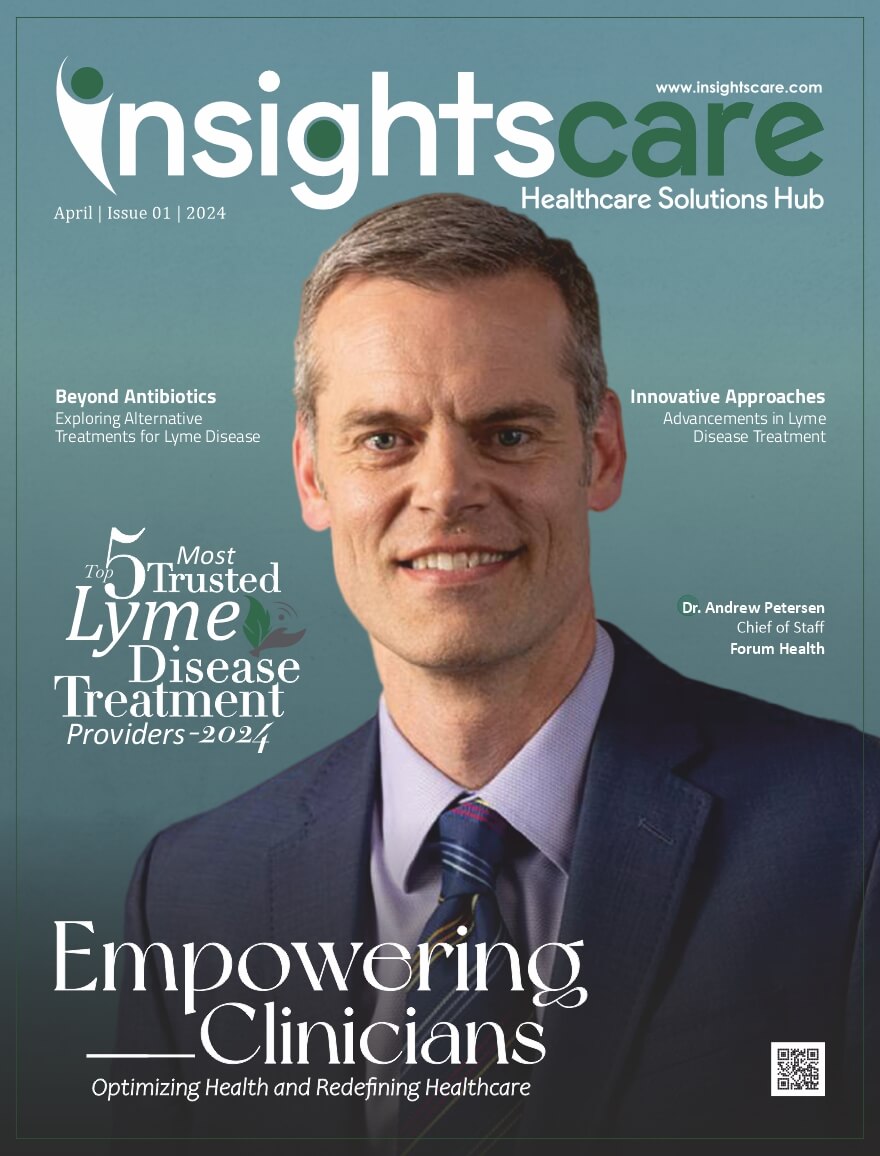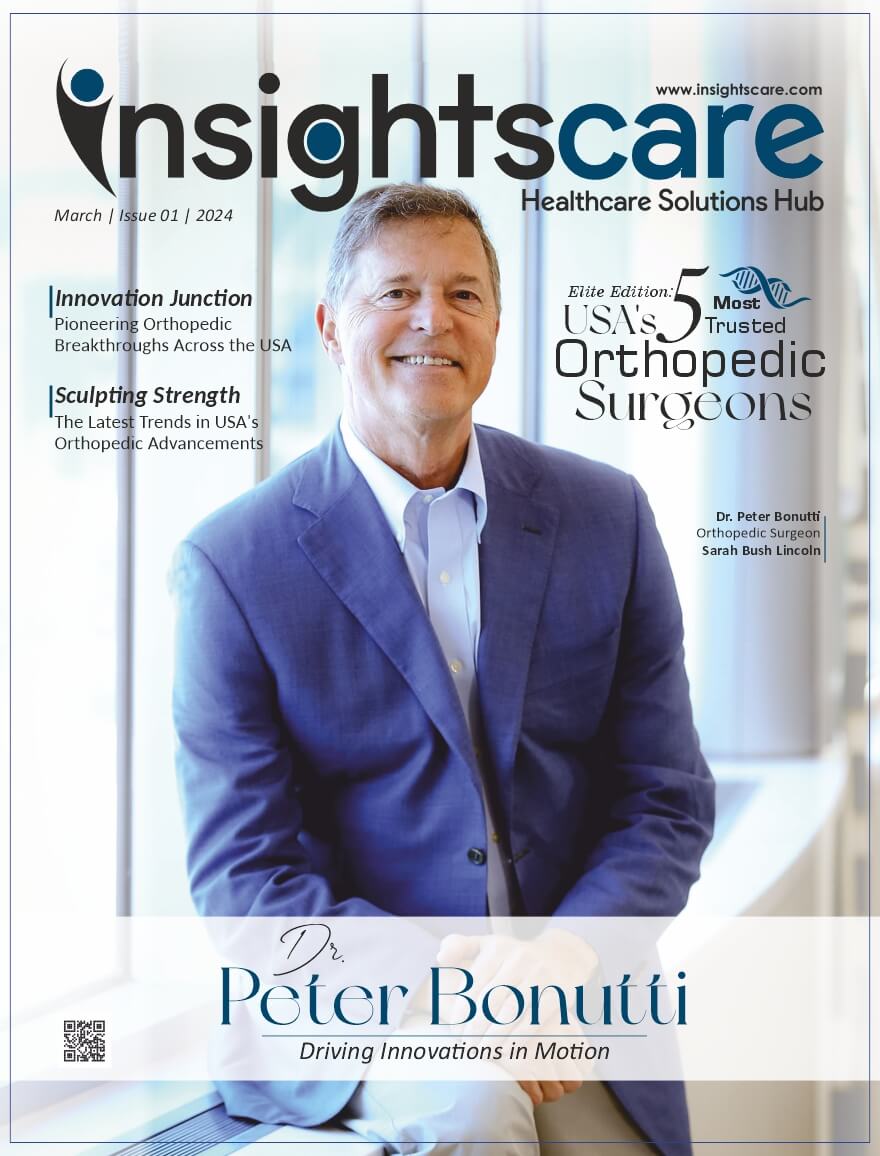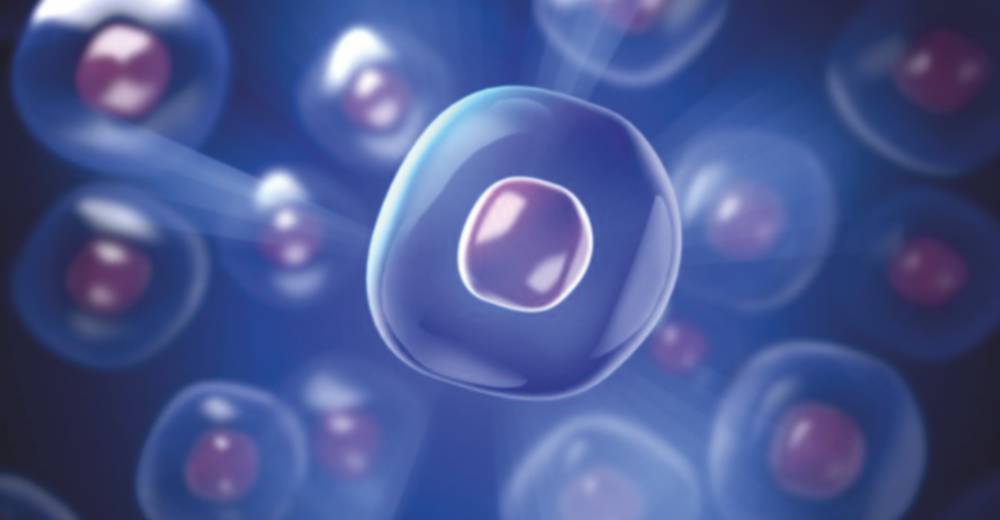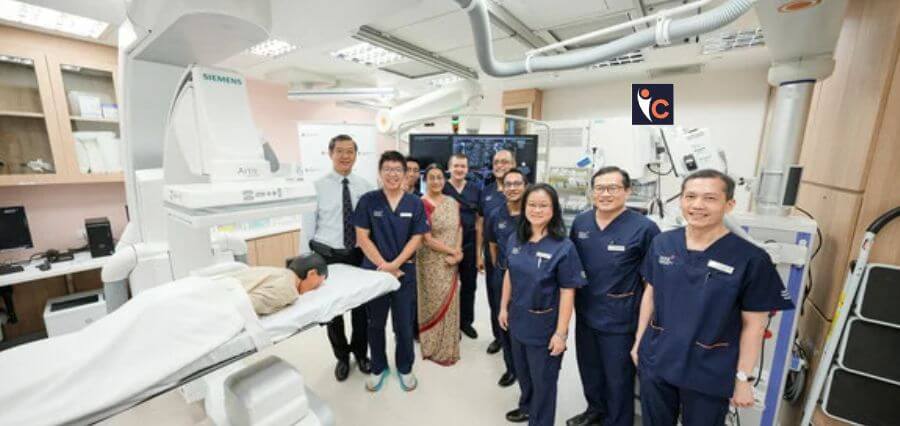Cure Baldness
For ages, mankind has been seeking for a baldness cure, even though medicines or therapeutic methods have been the primary efforts to combat the problem for many years. Every trial for a baldness cure has lacked in one form or other till date. Application of Stem cells for hair loss is transforming the baldness treatment.
Stem cells for baldness are a natural cure, where the patient’s stem cells are used to stimulate and regenerate new hair growth. For men and woman, now stem cell therapy offers a real solution, and it is an efficient, durable hair treatment. Hair follicle stem cells are present in the skin and are believed to be the long-lived cells and produce hair throughout the person’s life. They are usually inactive but instantly activate during a new hair cycle. If these cells fail to activate, then it causes hair loss.
Chrustofk and Lowry, of Eli and Edythe Broad Center of Regenerative Medicine and Stem Cell Research at UCLA, found that metabolism of follicle stem cell is different from other cells of the skin. The usual process of cell metabolism involves the breakdown of the nutrients required for cell division, making energy and responding to their environment. The process of metabolism utilizes the enzymes that alter these nutrients to produce metabolites Hair follicle stem cell that consume the glucose from the blood, also they process the glucose to produce a pyruvate. The cells can either send pyruvate to mitochondria or convert it into lactate.
Christofk says that “Our observations about stem cell metabolism prompted us to check whether genetically diminishing the entry of pyruvate into the mitochondria would force hair follicle stem cells to make more lactate, and it that would activate the cells and grow hair more quickly.” Whereas, Lowry asserts, “Before this, no one knew that increasing or decreasing the lactate would influence on hair follicle stem cells.”
The scientist identified that when two drugs are applied to the skin of mice, affected hair follicle stem cells promote lactate production. The first drug, such as RCGD423, activates a cellular signaling pathway, which carries information from outside the cell to the nucleus of the cell. The activation of signaling pathway leads to the increased production of lactate and this activates hair follicle stem cell to grow quicker. The other drug, called UK5099, blocks entry of pyruvate from the mitochondria, which causes the production of lactate in the hair follicle stem cells and accelerates hair growth in mice.
The idea of using drugs to stimulate hair growth through hair follicle stem cell is very promising for millions of people dealing with hair loss. This study will help to understand how the metabolism affects the hair growth and stem cells.















